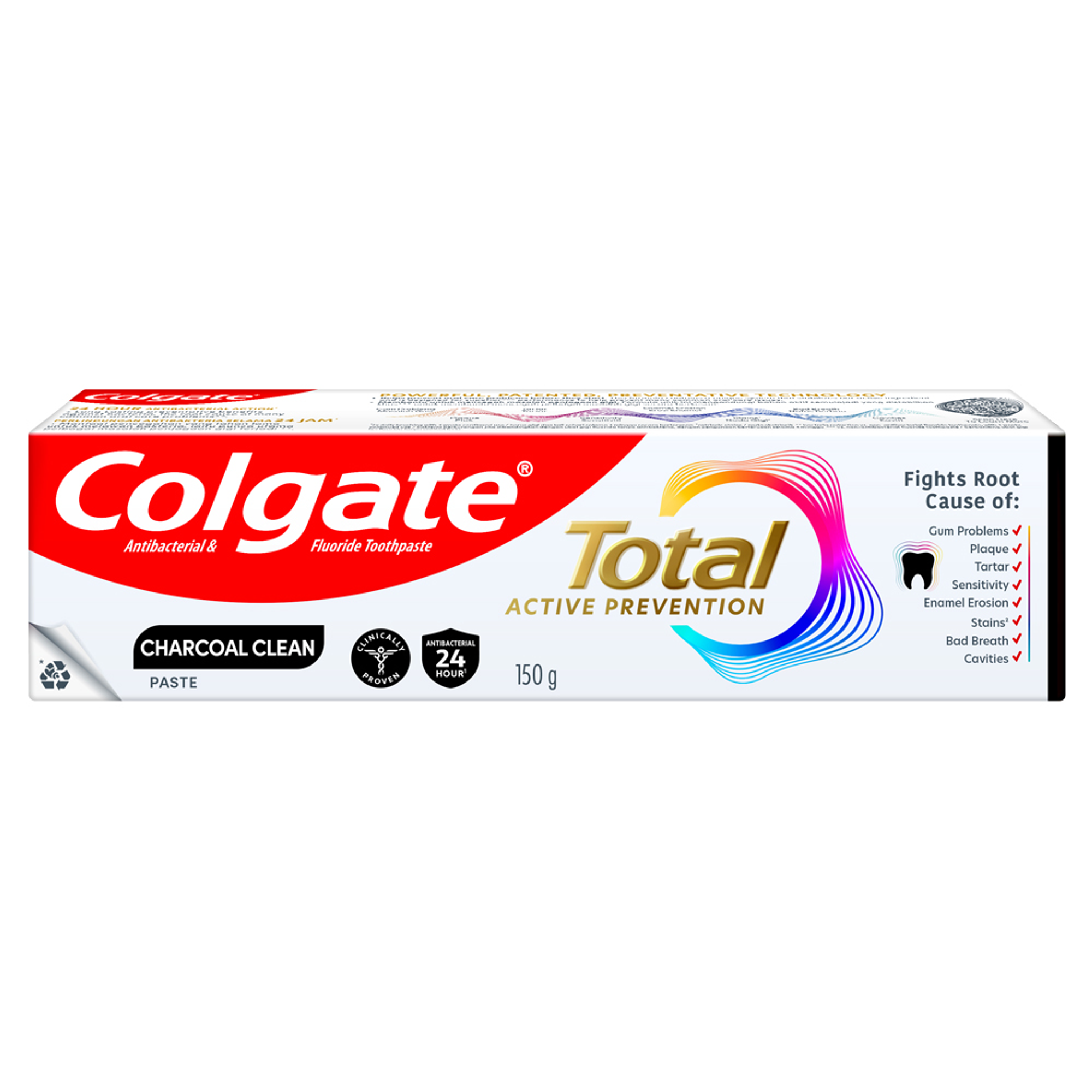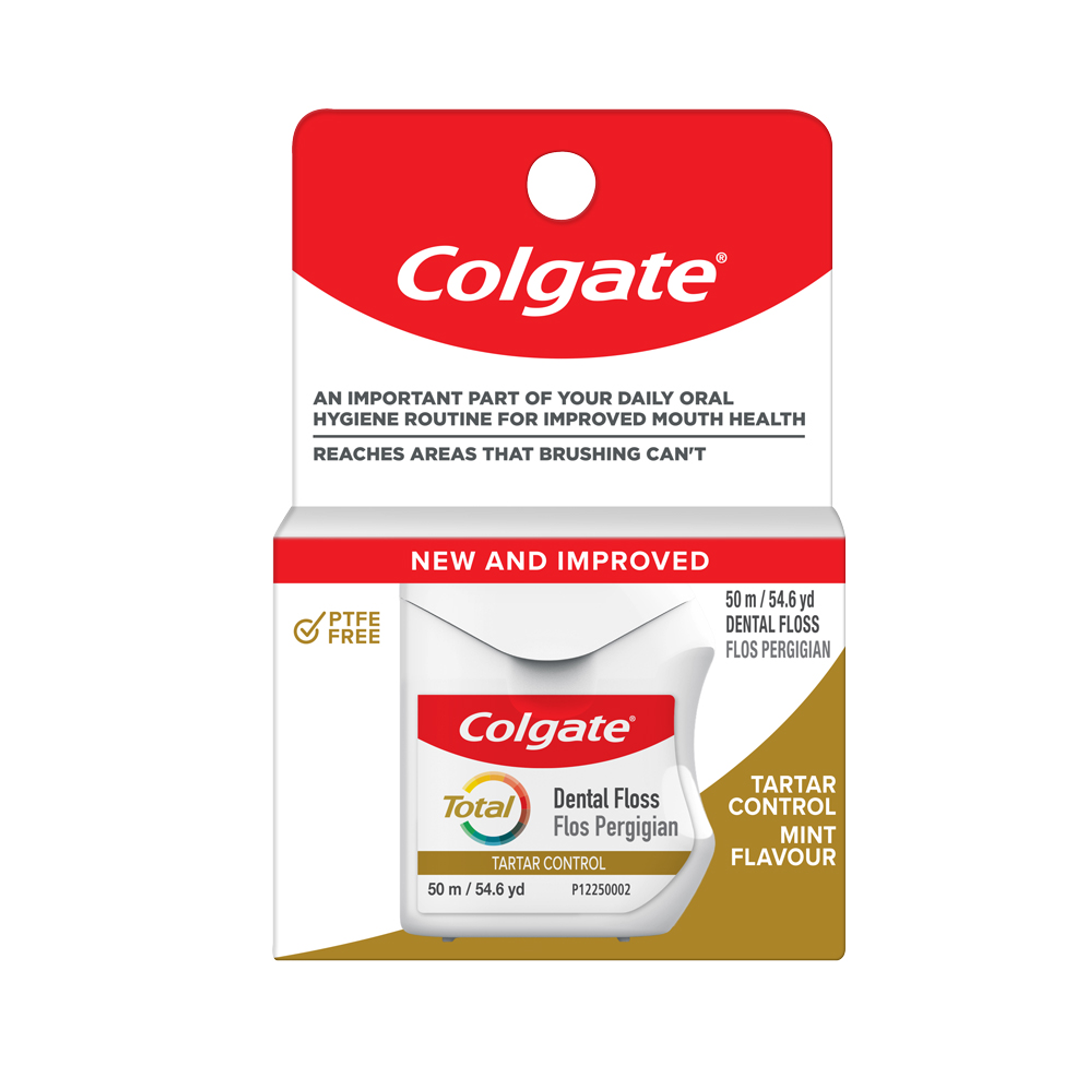- Oral Health and Dental Care | Colgate®
- Oral Health
- Is Flossing Hard? Interdental Brushes May Be The Answer


You've got your paintbrush, your hairbrush, and of course, your toothbrush. Some are for aesthetic reasons and another for hygienic. But what about interdental brushes? These little known guys are used to clean between your teeth. If you're not into wrapping floss around your finger, interdental brushes may be right up your alley. As a matter of fact, a study from the National Center for Biotechnology Information
What Are Interdental Brushes?
According to the American Dental Association in the United States, interdental brushes are little devices designed to replace your floss by scrubbing away the plaque between your teeth. Here are a few things to know about them and how they work:
- They're small brushes, often round or cone-shaped.
- The bristles are attached to a skinny wire (almost resembling a pipe cleaner) with easy to grip handles at the other end.
- Some designs are short, and some are long, like a toothbrush.
- Most can be used a few times before discarding (like some razors)
- They come in different sizes based on the size of the opening between your teeth.
- It's recommended to use a different size for your front and back teeth.
- Similar to flossing, they're to be inserted between your teeth, scrubbed back and forth, and up and down to remove plaque and food debris.
What Are The Challenges With Flossing?
Interdental brushing versus floss. It's a good matchup. While you can go with the more traditional flossing method, it's not for everyone. In fact, according to U.S. News and World Report, only 1/3 of the country flosses daily. And with it being the leading interdental cleaner, that's troubling. This is where interdental brushes can be a great alternative. But like anything, there are advantages and disadvantages.
Advantages To Interdental Brushes:
- It is much easier to use
- Reduces plaque and gingivitis as good, if not superior to floss.
- Is accepted by patients
Who Benefits From Interdental Brushes?
Some people with particular preferences and physical circumstances might opt for interdental brushes. They would be people with:
- Limited mobility: Those suffering from joint issues, like arthritis, and the elderly may find the brushes more comfortable to use than floss. They're also good for cleaning dentures, bridges, implants, and gums.
- Braces: While floss is challenging to use with and around braces, the thin brushes can maneuver around the metal wiring.
- Space between your teeth: Those with large gaps between teeth may find the brushes better at removing plaque and debris between teeth.
- Don't like to floss: The technique needed to floss correctly isn't exactly easy to master, so many may find the brushes simply easier to use.
Now that you've brushed up on your interdental cleaning and can properly assess flossing versus interdental brushing, you should be able to determine which option is best for you. Whichever you pick, make sure you clean between your teeth regularly as directed by your dental team — it's not something you want to brush to the side.
Related Products

Helping dental professionals
More professionals across the world trust Colgate. Find resources, products, and information to give your patients a healthier future













